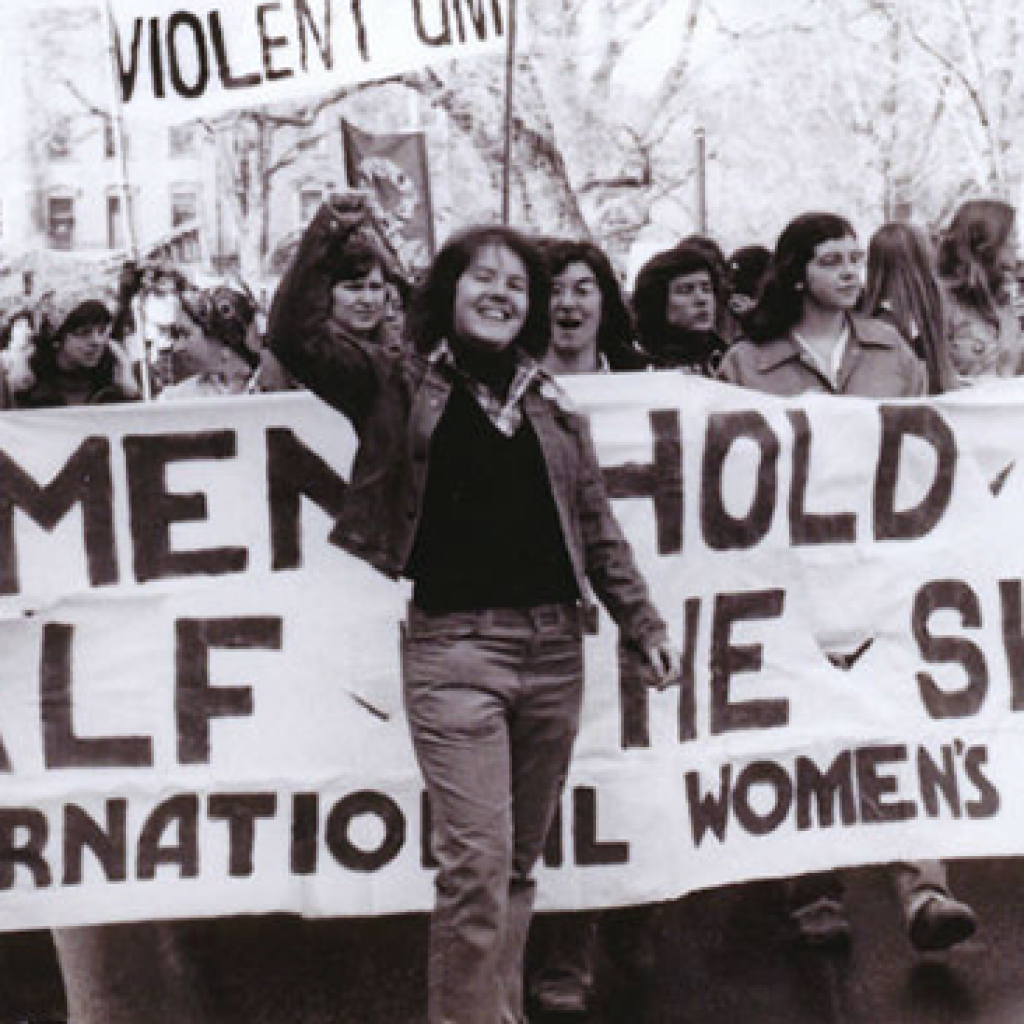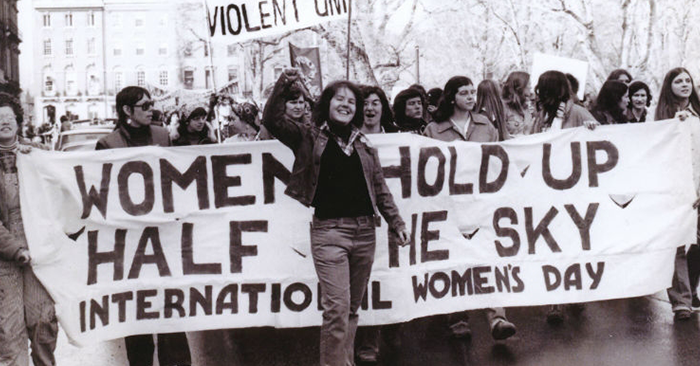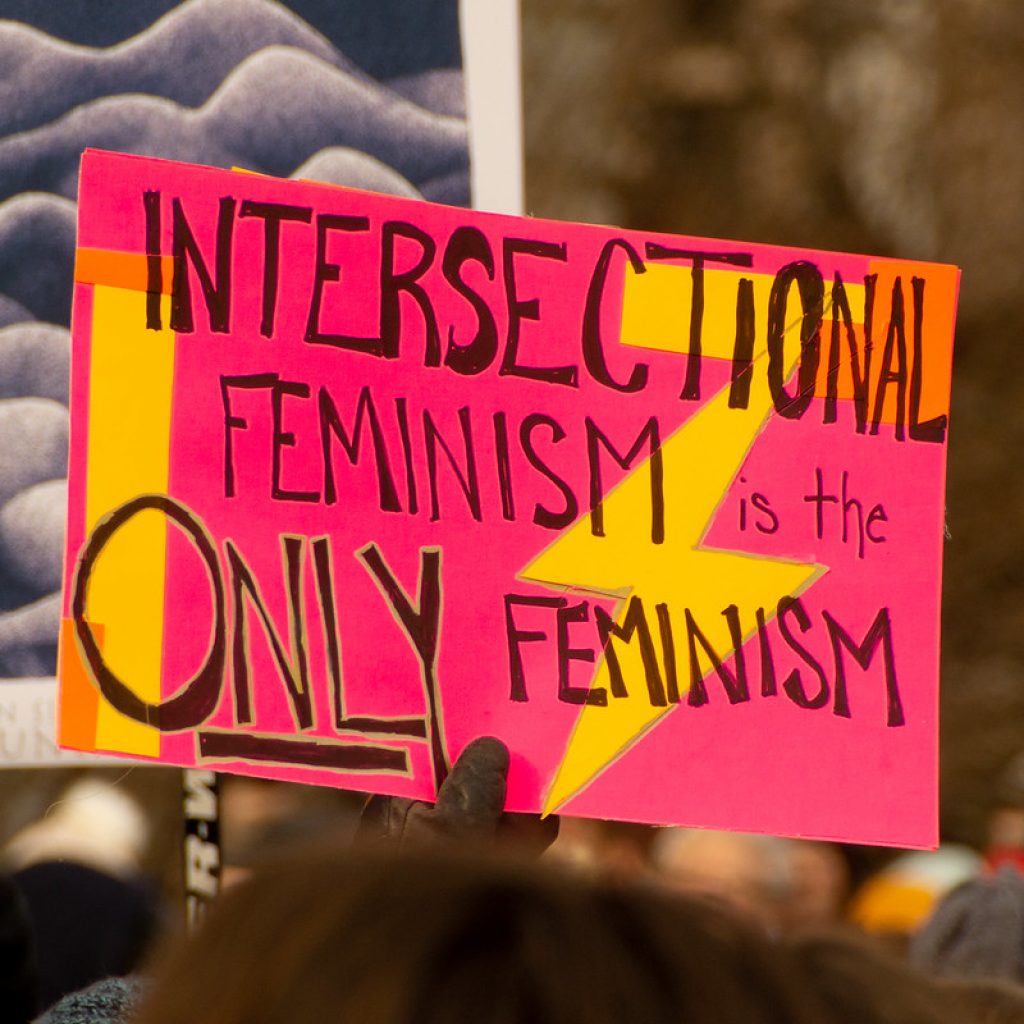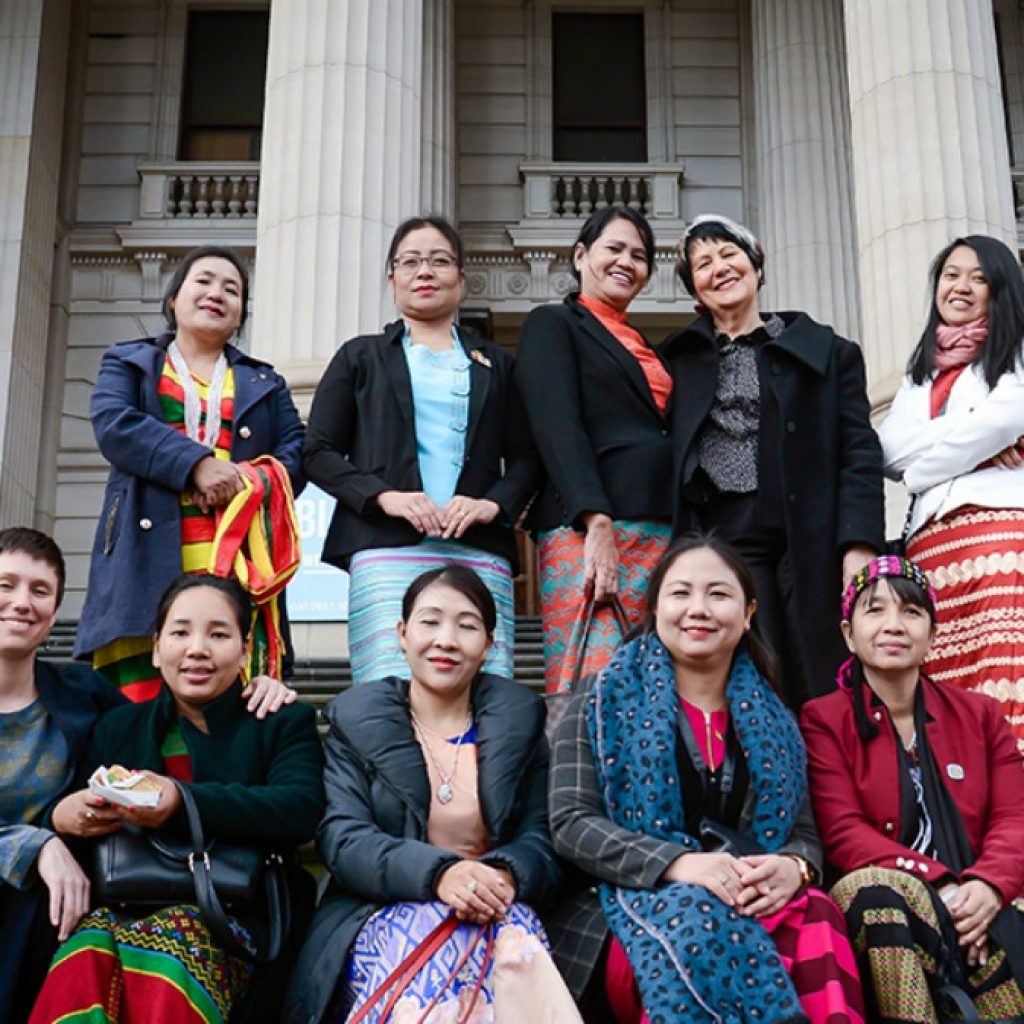
What do we mean when we say ‘women’s movement’?

You might have noticed the women’s movement has been getting a little bit more attention recently. The Women’s March on Washington (and the sister Marches around the world) in particular has increased the visibility of women’s collective action for social justice and gender equality.
To people on the outside, moments like these can make it seem like the women’s movement has bobbed up from nowhere. But the fact is that these kinds of moments are only possible because of the deep foundations and ongoing work and struggles of activists and women’s human rights defenders around the world. Women’s rights organisations, activists and movements work year-round to resist systems of inequality and prepare for times like these.
The power of women’s movements
Throughout history, movements of concerned women, and the people who support them, have been incredibly crucial in moving the world toward gender equality.
We know that vibrant and supported women’s movements are critical to making change toward gender equality. One forty-year study of more than 70 countries found that the presence of autonomous feminist movements in a country had more influence over positive change (when it came to reducing violence against women) than even the wealth of the nation or the prevalence of left wing political parties. (Htun and Weldon, 2012).
The combined power of women’s movements has seen an increase in women in leadership, more liberal laws around women’s sexual health and reproductive rights, and a surge in services to protect women from gender-based violence.
Women’s Movements have organized to influence national legislation and policy change, recognizing half the population’s rights to equal education, health care and access to justice.
So what is a feminist movement?
Movements are typically recognised, in some way or another, as organised sets of people pursuing common political or social agendas of change through collective action. When it comes to feminist movements, there are a few special extras, for example:
- the movement has gender equality as its aim
- women form a critical mass of the movement
- women are in positions of leadership within the movement
- the movement’s strategies to achieve change are built on women’s experience and strength and include diverse women at every step of the way
How does IWDA support feminist movements?
We know that vibrant and autonomous women’s movements can bring about the most transformative change for gender equality. We ensure that supporting the women and people sustaining these movements all year round is a big part of the work we do.
We recognise the many diverse types of support for movements, some of the ways that we contribute are:
- Providing and advocating for core funding for women’s movements: Lots of funding provided to women’s organisations is project-based, which means it’s often not sustainable and leaves women working in low-paid or volunteer positions
- Profile raising: Amplifying the priorities of diverse women’s movements in the political spaces we’re privileged to have access to (e.g. Australian governments forums, UN bodies etc.)
- Convening diverse groups: Providing and supporting spaces for groups and individuals to meet up, strengthen networks and relationships in order to grow the movement and plan collective action
- Decolonising solidarity: As a Melbourne-based feminist organisation we’re very aware of our privilege in international spaces. We enjoy the benefits of many of the unequal systems that we work alongside our partners to dismantle. We are active in not reproducing systems of patriarchal and colonial power – we try not to speak on behalf of partners in decision making spaces, we try to act less as donors and more as partners, we step out of the spotlight, we listen and learn from direct lived experience, we value the individual voice
- Mutual learning: Learning from one another is a constant part of being in the women’s movement and we learn from our partners every day. We try to bring something to the table too, in the form of connections to broader policy and research (e.g. feminist policy analysis) and practical tools (e.g. finance systems, communications support)
- Facilitating opportunities for healthy debate and dialogue within movements: We all know women are not a homogenous group so we prioritise resourcing for women’s movements to come together to discuss and negotiate across their internal diversity, in order to strengthen the movement.
- Contributing to research: Movements are often taken more seriously by decision makers when they’re ‘evidence-based’ and well documented. We support women’s organisations and actors to seek and document the evidence they need to make their cases, by providing funding for their own research projects as well as connecting them in with academics and specialists in our networks. We also use the lessons learnt from research to make our work better and inform future practice.
One of the largest programs through which we do this kind of work is WAVE (Women’s Action for Voice and Empowerment), funded by the Government of the Netherlands. WAVE brings together 18 organisations across six countries in Asia and The Pacific with the goal of supporting women to lead transformative, sustainable change towards gender equality, enabled by strategic feminist engagement.




